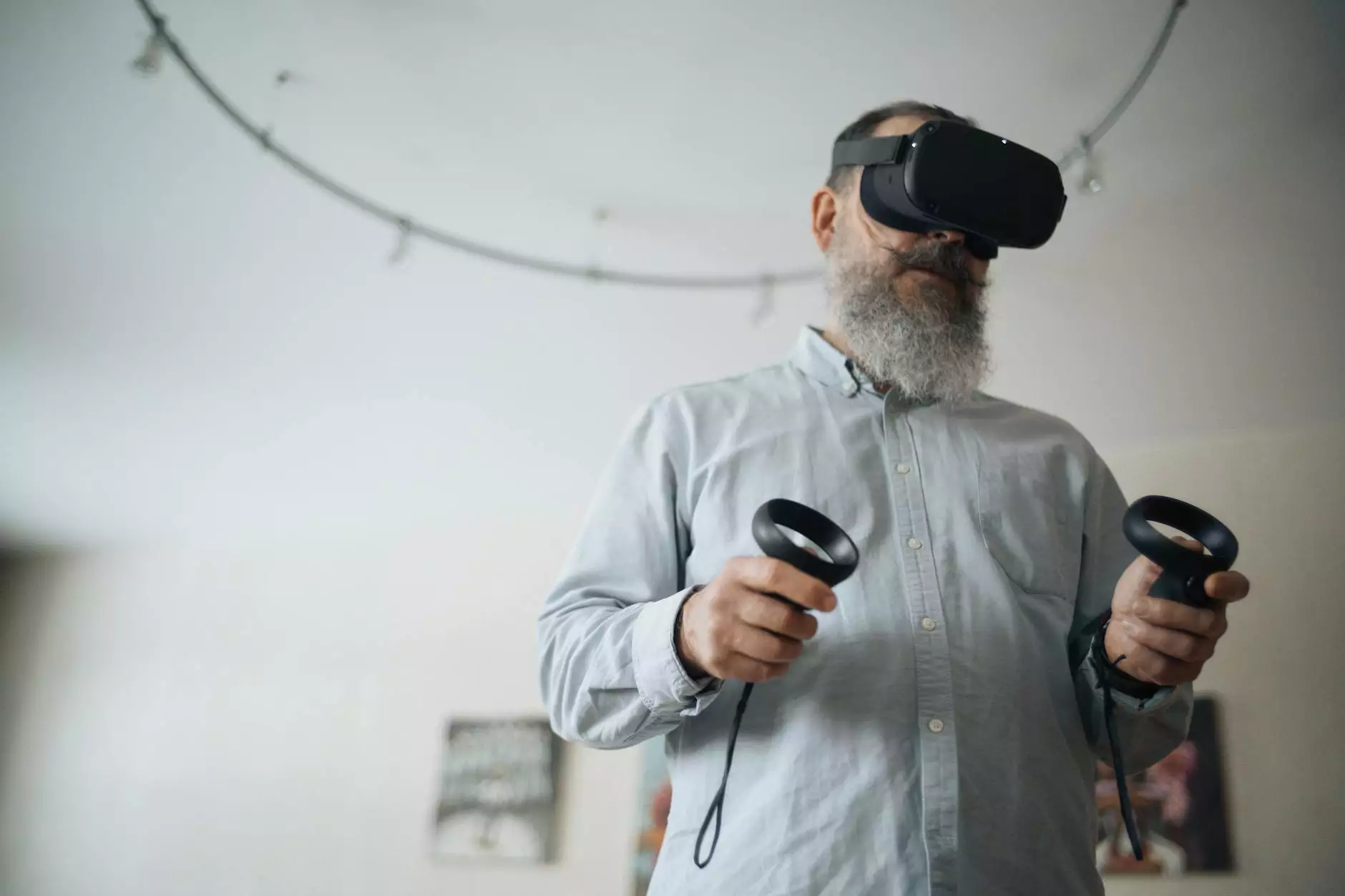Celebrating Women Light Artists: Illuminating the Future of Art

Women light artists are carving out a distinct niche within the contemporary art scene, bringing a unique perspective and creativity to the field of light art. This innovative genre, which utilizes artificial and natural light as the primary medium, has been profoundly influenced by the contributions of remarkable women artists. In this article, we explore the evolution of light art, highlight the work of prominent female figures in the genre, and discuss the impact they have on the broader arts community.
The Evolution of Light Art
Light art has transformed over the decades from simple light installations to complex immersive experiences. This transformation has been driven by advancements in technology and a burgeoning interest in new forms of artistic expression. From the early explorations in kinetic art to the multi-sensory experiences of today, light art now encompasses a variety of practices and techniques.
The genre began to take shape in the mid-20th century, with artists like Dan Flavin pioneering the use of fluorescent light fixtures as a medium. However, in recent years, the landscape of light art has been significantly enriched by the contributions of women light artists. These artists are not only redefining techniques and aesthetics but also challenging traditional narratives in the art world.
Notable Women Light Artists
Throughout history, numerous women have made significant strides in the field of light art. Here are a few trailblazers whose work has inspired countless others.
1. Grimanesa Amorós
One of the most renowned figures in the realm of light art is Grimanesa Amorós. Known for her stunning and large-scale light installations, Amorós blends technology and artistry in a way that captivates audiences. Her work often explores themes of identity and culture, using light to evoke emotions and provoke thought.
Amorós's installations have graced venues around the world, including parks, museums, and urban landscapes. Her commitment to public art and community engagement sets her apart as a pioneering figure within the arts sector.
2. Ann Veronica Janssens
Another prominent artist making waves in the light art scene is Ann Veronica Janssens. Belgium-based, Janssens is known for her immersive installations that reflect her fascination with perception and the ephemeral quality of light. Her works often create an experiential space where viewers are encouraged to engage with their surroundings uniquely.
Janssens's ability to manipulate natural and artificial light creates transformative environments that challenge audiences' perceptions of space and form.
3. Jenny Holzer
Jenny Holzer is yet another visionary in the field of light art. While typically associated with text-based works, Holzer’s use of LED technology and projections has elevated her pieces to new heights, merging visual art with pointed social commentary. Her installations often illuminate social issues, making her work not only visually striking but also intellectually provocative.
Techniques Employed by Women Light Artists
The techniques utilized by women light artists are as diverse as their backgrounds and inspirations. Here are some common methods and styles that define their work:
- Projection Mapping: This process allows artists to project images onto three-dimensional surfaces, creating a dynamic interplay between light and space.
- LED Installations: Utilizing energy-efficient LED lights, artists can create intricate and colorful environments, often with interactive components.
- Kinetic Light Art: This involves moving light sources or reflective materials to create changing patterns, giving the audience movement within static work.
- Natural Light Manipulation: Some artists incorporate natural light into their designs, using it to enhance their pieces and create time-sensitive installations that change throughout the day.
The Impact of Women Light Artists on the Arts Community
Women light artists are not only influencing aesthetic practices but also fostering critical discourse within the arts community. Their work often bridges gaps between various art forms, including technology, theater, and performance art. This interdisciplinary approach resonates with a broad audience and opens doors for collaboration across different fields.
Moreover, these artists are contributing to the empowerment of women in the arts, providing role models for emerging artists who may struggle to find representation in a traditionally male-dominated field. Initiatives like mentorship programs and collaborative projects are helping to cultivate an environment where women's voices in light art are amplified and celebrated.
Events and Exhibitions Showcasing Women Light Artists
Throughout the year, numerous exhibitions and events focus specifically on the work of women light artists, providing platforms for them to showcase their creativity and reach wider audiences.
International Light Art Exhibitions
Major cities around the globe host light art festivals that often highlight the work of women artists. Events like the Festival of Light in Amsterdam and the Luminothérapie in Montreal are known for their commitment to diversity in their lineups, featuring an array of talented female artists who push the boundaries of light.
Gallery Showcases
Many art galleries are starting to curate exhibitions dedicated to women light artists, offering crucial visibility. These exhibitions not only celebrate existing artists but also aim to educate the public about the significance of their contributions to the art world.
The Future of Women Light Artists
The future looks promising for women light artists as technology continues to evolve. With the rise of virtual and augmented reality, artists have more tools at their disposal than ever to create immersive experiences. This potential for innovation bodes well for the community of women in light art.
As we move forward, it's essential to support and promote the work of women light artists, ensuring their voices are heard and their contributions recognized. Community engagement, education, and mentorship will play pivotal roles in shaping the next generation of artists.
Conclusion: Embracing the Luminescence of Women Light Artists
Women light artists are not only illuminating spaces but also our understanding of art and its potential to evoke emotion, challenge perceptions, and inspire change. By examining their journeys, techniques, and the impact they have on the art world, we can appreciate the rich tapestry of creativity they have woven into our contemporary society.
As we celebrate these remarkable artists, let us continue to champion their work and advocate for greater representation in the arts. The influence of women light artists will undoubtedly shine even brighter in the years to come, guiding the future of art in dazzling new directions.









